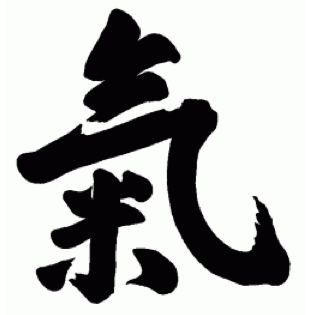Taking Responsibility for Your Practice
Everyone comes to class to learn something. Consciously or unconsciously, they place the burden of teaching on their instructor. In aikido, for example, many students believe that there is some set of “correct” techniques that the teacher will “impart” to them. They think that a good teacher will impart the techniques more correctly, and, therefore, if they don’t learn it’s the teacher’s fault. This is 100% incorrect. The person who is responsible for what you learn is you. The instructor can provide help and encouragement but you must give your full attention to your practice in order to progress.
Maruyama Sensei provides an amazing example and he is a great teacher. He has taught a lineage of students who are also wonderful teachers. But they all understand that even when we have a great teacher, our learning must come from within. When Sensei says, “Find out for yourself,” or asks, “Which is better?” he is encouraging us to take responsibility for our own learning.
When I have a question, whether it’s about technique, etiquette, or anything at all, rather than asking someone to give me the answer, I try to answer it myself. I do this by watching, listening, comparing, looking at context, and trying to understand others. This has gradually become fundamental to my aikido practice and to almost everything else I do.
If, in the course of your aikido training, you find that you are confused about a technique and your first reaction is to ask someone for help, try instead taking a deep breath. See if relaxing and slowing down helps. Then try looking around the mat. Watch more experienced students. If your partner is doing something that you want to “catch,” try learning by observation and by feeling what he or she does. Then see if you can produce that feeling when it’s your turn.
This approach can also help us when we feel the impulse to teach a training partner. Remember that your partner (not you) is responsible for his or her own learning. You don’t have to say anything, even if your partner is doing something wrong (unless you feel that it's unsafe for you). It’s fine for your partner to learn by practicing with you, without talking. And it’s fine for you to focus on your own learning.
--
This post is part of a series that was originally published as an article about Kokikai Aikido. Some of the ideas may apply to other martial arts, yoga, mindfulness practice, or life in general.
Maruyama Sensei provides an amazing example and he is a great teacher. He has taught a lineage of students who are also wonderful teachers. But they all understand that even when we have a great teacher, our learning must come from within. When Sensei says, “Find out for yourself,” or asks, “Which is better?” he is encouraging us to take responsibility for our own learning.
When I have a question, whether it’s about technique, etiquette, or anything at all, rather than asking someone to give me the answer, I try to answer it myself. I do this by watching, listening, comparing, looking at context, and trying to understand others. This has gradually become fundamental to my aikido practice and to almost everything else I do.
If, in the course of your aikido training, you find that you are confused about a technique and your first reaction is to ask someone for help, try instead taking a deep breath. See if relaxing and slowing down helps. Then try looking around the mat. Watch more experienced students. If your partner is doing something that you want to “catch,” try learning by observation and by feeling what he or she does. Then see if you can produce that feeling when it’s your turn.
This approach can also help us when we feel the impulse to teach a training partner. Remember that your partner (not you) is responsible for his or her own learning. You don’t have to say anything, even if your partner is doing something wrong (unless you feel that it's unsafe for you). It’s fine for your partner to learn by practicing with you, without talking. And it’s fine for you to focus on your own learning.
--
This post is part of a series that was originally published as an article about Kokikai Aikido. Some of the ideas may apply to other martial arts, yoga, mindfulness practice, or life in general.




Comments
Post a Comment